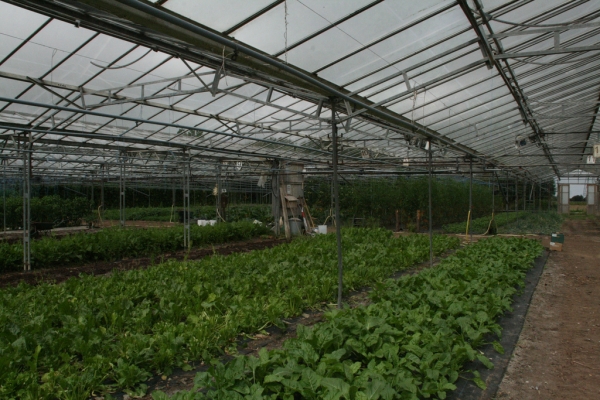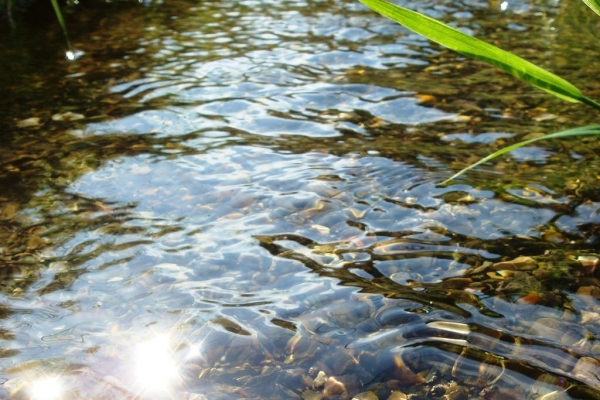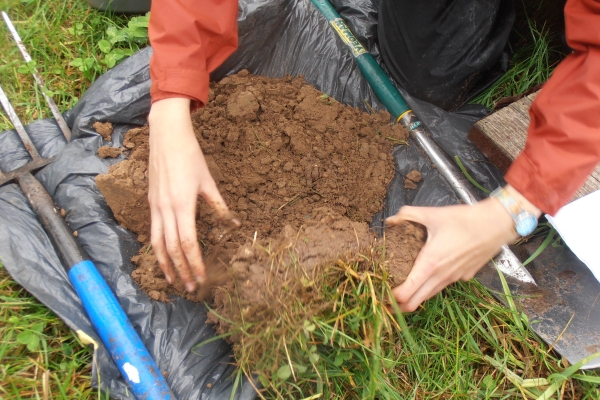Good agricultural practice in irrigation management
Technical guide
Resource explained
This FiBL guide will help farmers, growers and agricultural consultants improve irrigation practices and manage water sustainably. It provides guidance on calculating optimal irrigation based on relevant soil characteristics, crop water stress tolerance and actual crop water demand. There are sections on soil organic matter (SOM), describing how plants take up water, the role of mycorrhiza, indicators for calculating irrigation needs, steps that help you determine the amount of readily available water in your soil, how to work out the water demand of a crop, and descriptions and comparisons of different irrigation systems. There are also sections on climate-smart irrigation, maintaining water quality, and water stewardship. It was commissioned and financed by the Swiss retail chain Coop as part of its engagement in sustainable development. The Swiss farmer organisation Bio Suisse also made a financial contribution to production of the guide.
Findings & recommendations
- Water plays many important roles; in the metabolism of plants in photosynthesis, in nutrient uptake and transport, for cell pressure, and as a cooling agent to prevent over heating of plant leaves in the sun.
- SOM can hold up to 90 % of its own weight in moisture. It helps to create a soil structure with many water holding pores, contributing to water retention. A well structured soil also allows uninhibited root growth, so is important for optimum water uptake.
- It is important to regularly supply organic matter to maintain the soil humus content. Regular supply of compost and biochar can help increase SOM and thus the water retention capacity of the soil.
- Recommended practices for crops and soil management include:
- Minimising soil cultivation and avoiding using rotating equipment
- Covering the soil surface with organic mulch or synthetic mulching sheets
- Selecting suitable crops, varieties and rootstocks that perform well under local growing conditions with little water
- Avoiding soil compaction and erosion
- Arbuscular mycorrhiza (AM) – specialised fungi that live in symbiosis with plant roots – enlarge the plants’ root surface and rooting zone. They enter small pores in the soil, mobilise water and nutrients and carry them to the plant. A microbiologically active soil and/or inoculation of the soil with AM can reduce water stress of a crop in arid conditions.







